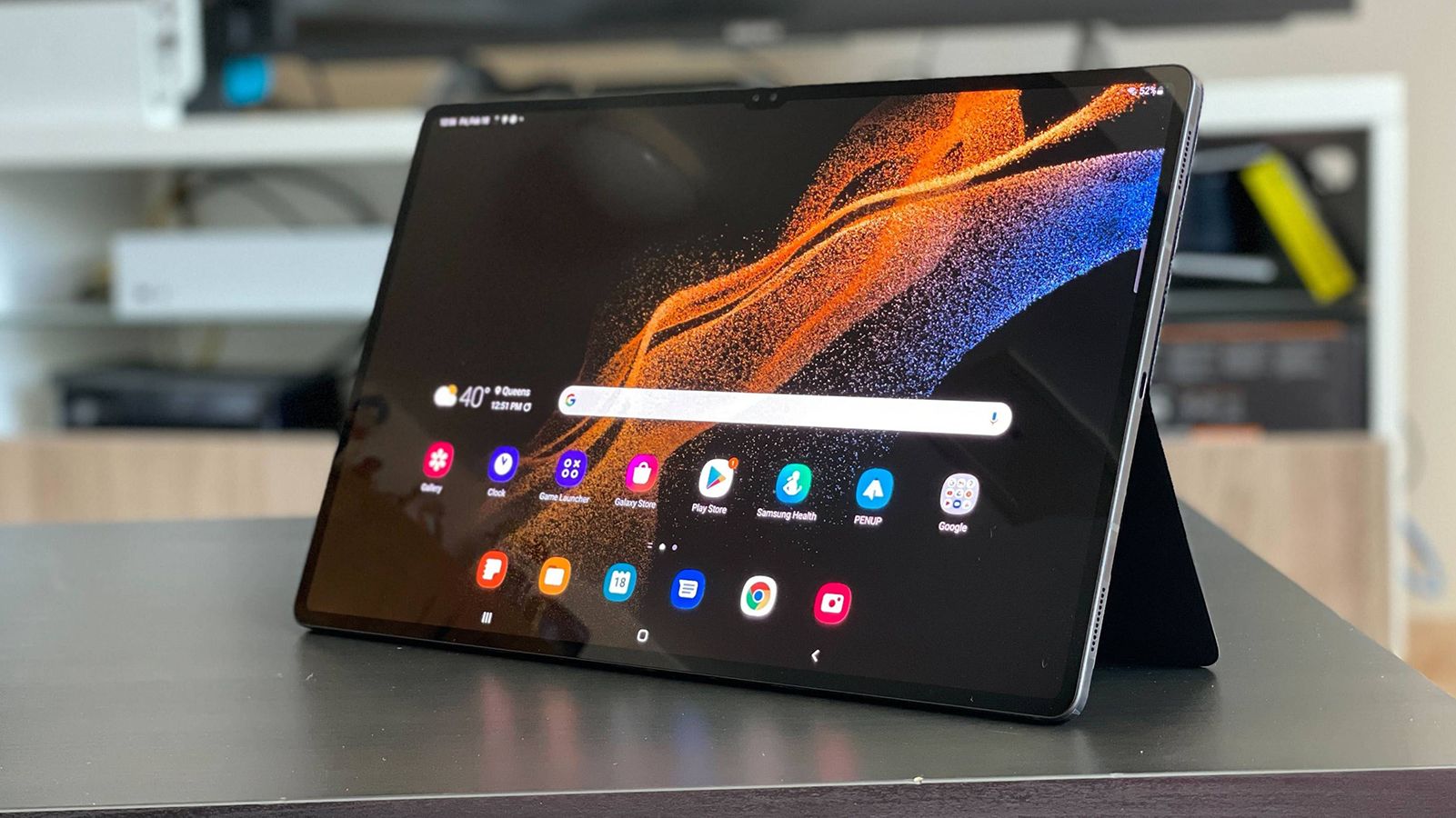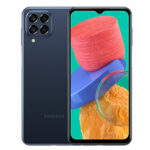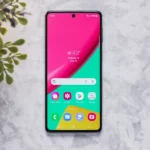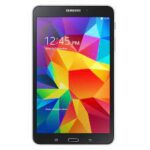How To Take Screenshots On Samsung Pad?
Capturing significant moments or preserving vital information is made effortless by taking a screenshot on a Samsung tablet. With the advancement of technology, Samsung has integrated various user-friendly methods for capturing screenshots on its range of tablets. Whether you own the latest Samsung Galaxy Tab model or an older version, the screenshot feature is a valuable tool for both personal and professional use. Moreover, from capturing memorable conversations to creating step-by-step tutorials, the ability to take screenshots on a Samsung tablet serves a diverse range of purposes. Additionally, in this article, we will delve into the various methods available, ranging from using hardware buttons to utilizing the innovative S Pen, providing you with a comprehensive understanding of how to take screenshots on the Samsung Pad effortlessly.
Ways To Take Screenshots On Samsung Pad:
Taking Screenshots On The Samsung Pad Using Hardware Buttons:
One of the most common ways to capture a screenshot on a Samsung tablet is by using the device’s hardware buttons. So, this method works on various Samsung tablet models and is quite straightforward.
Locate the Buttons:
Identify the Power button and the Volume Down button on your Samsung tablet.
Prepare the Screen:
Ensure that the screen you want to capture is displayed on your tablet.
Simultaneously Press the Buttons:
Now you just have to press and hold the Power button and the Volume Down button at the same time. You have to press both the Power and Volume Down buttons and hold for a few seconds.
Screenshot Notification:
Once the screenshot is taken, you should see a notification confirming that the screenshot has been captured successfully.
Taking Screenshots on Samsung Pad Using Palm Swipe Gesture:
Some Samsung tablet models support an alternative method called the Palm Swipe gesture. In Addition, taking screenshots on a Samsung Pad using the Palm Swipe Gesture allows you to take screenshots with a single swipe.
Enable the Palm Swipe Gesture:
Go to Settings, then choose Advanced Features. Furthermore, from there, select Motions and Gestures and enable the Palm swipe to capture option.
Position Your Hand:
Ensure that the edge of your hand is touching the screen, and then swipe it across the display in either direction.
Confirm the Screenshot:
A screenshot should be taken as soon as the gesture is recognized, and you should see a notification confirming the capture.
Locate the Screenshot:
You can access the screenshot from the Gallery app or the Screenshots folder, depending on your device.
Taking Screenshots On Samsung Pad Using S Pen ( For S Pen Compatible devices ):
For Samsung tablets that come with the S Pen, there is a specific method to capture the screen using this stylus.
Take Out the S Pen:
Remove the S Pen from its slot, which is usually located on the side of the tablet.
Access Air Command:
Once the S Pen is removed, the Air Command menu should appear on the screen. If not, you can manually open it by hovering the S Pen over the screen and pressing the S Pen button.
Select Screen Write:
From the Air Command menu, choose the Screen Write option to capture the current screen.
Save or Share the Screenshot:
After the screen is captured, you can annotate it if needed and then save or share it with others.
Taking Screenshots On Samsung Pad Using Bixby Voice Assistant:
Activate Bixby:
Press and hold the Bixby button or say, “Hey Bixby” to activate the voice assistant.
Command Bixby:
Once Bixby is activated, give the command “Take a screenshot.”
Confirm the Screenshot:
Bixby should immediately capture the screen and provide a confirmation notification.
Accessing the Screenshot:
The captured screenshot can be found in the Gallery app or the Screenshots folder, depending on your device.
Benefits Of Taking Screenshots On Samsung Pad:
Taking screenshots on a Samsung Pad offers a multitude of benefits, including:
Information Preservation:
Screenshots enable the quick and easy preservation of important information, such as receipts, documents, or error messages, for future reference.
Visual Communication:
Screenshots serve as effective visual aids, facilitating clearer communication when providing instructions, troubleshooting, or sharing specific details with others.
Content Creation:
Screenshot capabilities aid in content creation for tutorials, presentations, or social media posts, allowing users to capture and share engaging visual content effortlessly.
Evidence Collection:
Screenshots can serve as valuable evidence in documenting conversations, transactions, or any digital interactions, ensuring a reliable record of crucial information.
Collaboration and Feedback:
Sharing screenshots facilitates collaborative work environments, enabling efficient feedback, discussion, and the exchange of ideas among team members or peers.
Quick Reference:
Screenshots provide a convenient way to keep track of important details, allowing users to refer back to specific information quickly without requiring extensive note-taking.
How To Save Screenshots On The Samsung Pad:
Here are the steps to save a screenshot on a Samsung Pad:
After capturing the screenshot using the hardware buttons, the Palm Swipe gesture, S Pen, or Bixby voice assistant, the notification confirming the screenshot capture should appear on your screen.
Tap the notification to open the screenshot directly.
If the notification is not accessible, go to the Gallery app or the Screenshots folder, depending on your device, to locate the recently captured screenshot.
Once you’ve found the screenshot, you can tap on it to view, edit, or share it.
Moreover, to save the screenshot, tap the “Save” or “Download” option, usually represented by a disk icon or similar symbol, depending on the app you are using to view the screenshot.
The screenshot will be saved in the default location or the folder you selected during the saving process.
Editing and Sharing Screenshots On The Samsung Pad:
Editing and sharing screenshots on a Samsung Pad is a simple process. So, here’s how you can do it:
Editing:
Open the Gallery app or the folder where the screenshot is saved.
Tap on the screenshot you want to edit.
Look for the editing options, which may include options to crop, add text, or draw on the screenshot.
Use the available tools to make the desired edits.
Once you’re satisfied with the changes, save the edited screenshot.
Sharing:
Open the Gallery app or the folder where the screenshot is saved.
Select the screenshot you want to share.
Look for the “Share” option, usually represented by an icon that looks like an arrow pointing upwards or the word “Share.”
Tap on the “Share” option to choose the platform or app through which you want to share the screenshot, such as social media, email, or messaging apps.
Select the desired platform or app, add any necessary comments or captions, and then send the screenshot.
Conclusion:
In a nutshell, taking a screenshot on your Samsung Pad is a straightforward process that can be accomplished using various methods, including hardware buttons, the Palm Swipe gesture, the S Pen (for compatible devices), and the Bixby voice assistant. Once you’ve captured the screenshot, you can easily save it and make necessary edits, such as cropping and adding text, directly from the Gallery app. Furthermore, sharing your screenshots with friends, family, or colleagues is hassle-free, allowing you to quickly disseminate important information or share memorable moments. Furthermore, with these convenient features at your disposal, capturing and managing screenshots on your Samsung Pad becomes a seamless and user-friendly experience, catering to a wide range of personal and professional needs.







